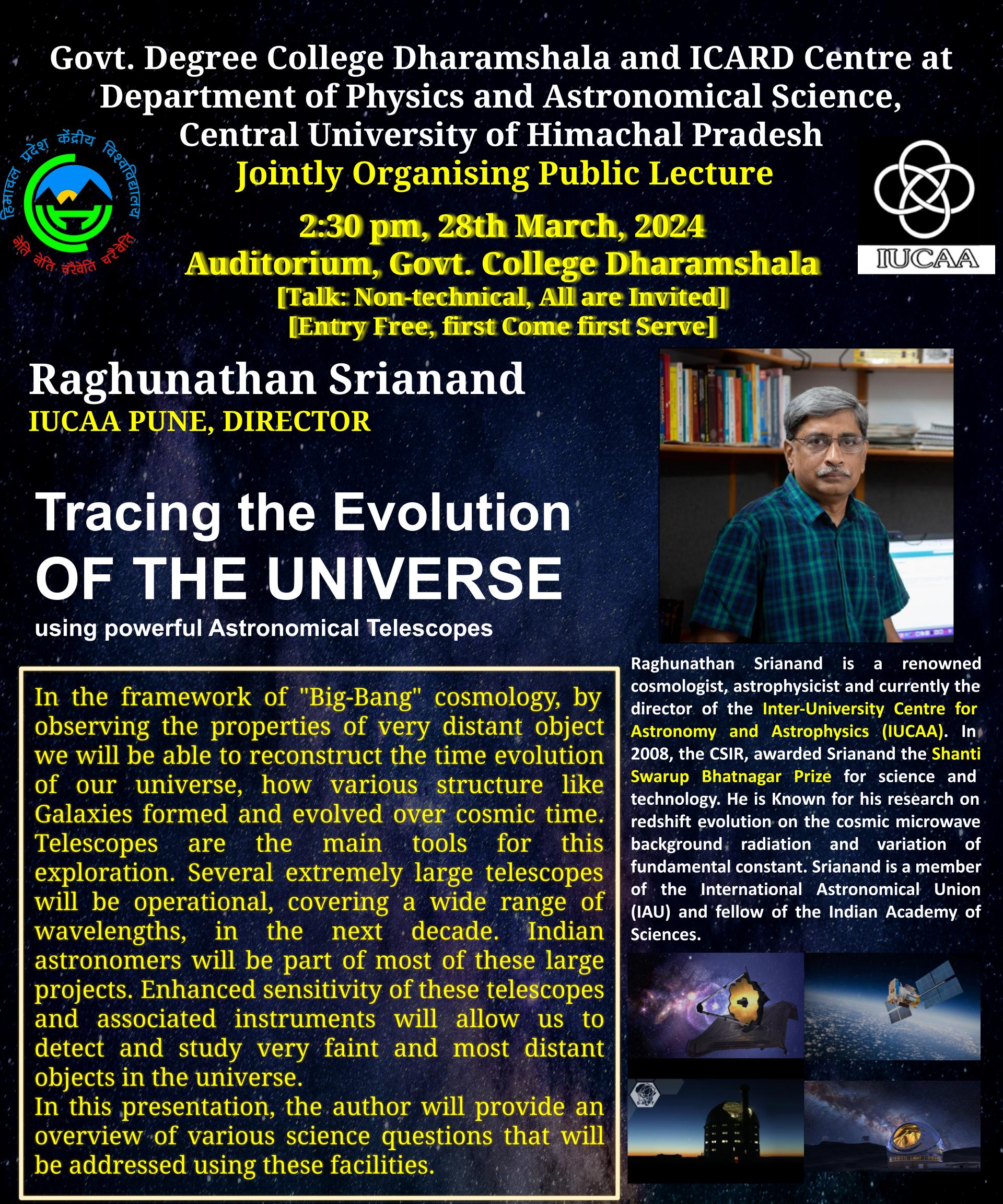Talk 1 on Relevant Topic in Your Field
Published:
A list of all the posts and pages found on the site. For you robots out there is an XML version available for digesting as well.
Published:
Published:
Page not found. Your pixels are in another canvas.
This is a page not in th emain menu
Published:
This post will show up by default. To disable scheduling of future posts, edit config.yml and set future: false.
Published:
This is a sample blog post. Lorem ipsum I can’t remember the rest of lorem ipsum and don’t have an internet connection right now. Testing testing testing this blog post. Blog posts are cool.
Published:
This is a sample blog post. Lorem ipsum I can’t remember the rest of lorem ipsum and don’t have an internet connection right now. Testing testing testing this blog post. Blog posts are cool.
Published:
This is a sample blog post. Lorem ipsum I can’t remember the rest of lorem ipsum and don’t have an internet connection right now. Testing testing testing this blog post. Blog posts are cool.
Published:
This is a sample blog post. Lorem ipsum I can’t remember the rest of lorem ipsum and don’t have an internet connection right now. Testing testing testing this blog post. Blog posts are cool.
Short description of portfolio item number 1
Short description of portfolio item number 2 
Published in Journal 1, 2009
This paper is about the number 1. The number 2 is left for future work.
Recommended citation: Your Name, You. (2009). "Paper Title Number 1." Journal 1. 1(1). http://academicpages.github.io/files/paper1.pdf
Published in Journal 1, 2010
This paper is about the number 2. The number 3 is left for future work.
Recommended citation: Your Name, You. (2010). "Paper Title Number 2." Journal 1. 1(2). http://academicpages.github.io/files/paper2.pdf
Published in Journal 1, 2015
This paper is about the number 3. The number 4 is left for future work.
Recommended citation: Your Name, You. (2015). "Paper Title Number 3." Journal 1. 1(3). http://academicpages.github.io/files/paper3.pdf
Published:
Speaker: Prof. Dipankar (Director ARIES) ABSTRACT The temporal changes in the sun are observed with different time scales. Short time scale variabilities impact our day to day life, particularly our space environment, whereas long term variability can impact our climate. In this talk I will show results from observations of the variation of solar activity and will try to theorise possible sources of this variability. After the solar research context I will provide an overview on research activities at ARIES and discuss possible collaborative avenues which can be explored between ARIES and CUHP. YouTube Video of talk here and the Report with more information here.
Published:
Speaker: Mr. VIvek Kumar Jha (Ph.D. Research Scholar ARIES) ABSTRACT Extragalactic astronomy has grown by leaps and bounds in less than 100 years. Quasars have played a pivotal role in this growth, with their discovery up to a redshift more than 7 or, in other words, 1 billion years since the Big Bang happened. However, even with large telescope apertures and vast improvements in detector technology, resolving their innermost regions remains a formidable challenge, even for nearby quasars. Nevertheless, understanding the innermost regions of these objects is critical in our understanding of the galaxy evolution and the structure and dynamics of matter in the vicinity of a Supermassive Black Hole (SMBH). During my Ph.D. thesis, we have explored various indirect methods to understand the innermost regions of these objects. We find that the accretion disk, which forms due to matter falling onto the SMBH, does not follow the theoretical disk models. Moreover, we find that traces of out-flowing gases exist in the quasars with higher accretion rates. During this presentation, I will discuss some of these findings and their significance in understanding the innermost regions of quasars. YouTube Video of talk here and the Report with more information here.
Published:
Speaker: Raghunathan Srianand (IUCAA PUNE, DIRECTOR)
ABSTRACT In the framework of “Big-Bang” cosmology, by observing the properties of very distant object we will be able to reconstruct the time evolution of our universe, how various structure like Galaxies formed and evolved over cosmic time. Telescopes are the main tools for this exploration. Several extremely large telescopes will be operational, covering a wide range of wavelengths, in the next decade. Indian astronomers will be part of most of these large projects. Enhanced sensitivity of these telescopes and associated instruments will allow us to detect and study very faint and most distant objects in the universe. In this presentation, the author will provide an overview of various science questions that will be addressed using these facilities.
 .
.
workshop, CUHP, DPAS, Shahpur, 2022
Speaker: Prof. Anand Narayan from Indian Institute of Space Science and Technology
Workshop, Central University of Himachal Pradesh (CUHP), DPAS, Shahpur, 2023
Event, Shahpur campus CUHP, India, 1900
Organised by: Chandra star club
National Conference, Dharamshala campus CUHP, India, 2024
National Conference, Conference Hall, Dharamshala Campus, Central University of Himachal Pradesh, Dharamshala, H.P., India, 2024
Organised by: IUCAA, CUHP, and University of Kashmir
Workshop, Conference Hall, Dharamshala Campus, Central University of Himachal Pradesh, Dharamshala, H.P., India, 2025